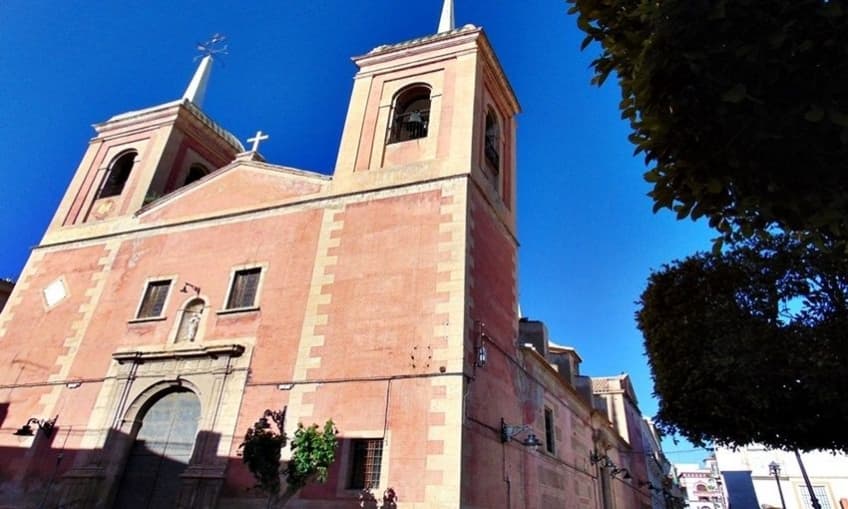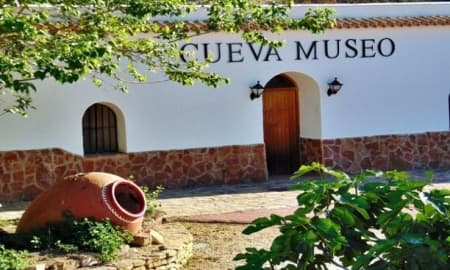
History of Cuevas del Almanzora
Cuevas del Almanzora is located on the banks of the Almanzora river and covers an area of 263 km². With a density of 52.23 inhabitants / km², the town had a population of 13,655 inhabitants in 2017.
This town is located between Vera and Huercal-Overa, 25 kilometres from Pulpi, 23 kilometres from Mojacar and 97 kilometres from Almeria.

Cuevas del Almanzora is famous for its caves, where its inhabitants once lived in the distant past. Given its privileged location close to the coast, throughout history, Cuevas del Almanzora has been an economic and commercial centre and has been a fundamental hub during the transitions of various cultures and economic activities.
Since ancient times, the cultures that have dominated the Mediterranean Sea have fought to retain their control and domination of the area. Among them there have been the Phoenicians, Greeks, Carthaginians, Romans, Iberians, Arabs and Christians.
Since ancient times, the cultures that have dominated the Mediterranean Sea have fought to retain their control and domination of the area. Among them there have been the Phoenicians, Greeks, Carthaginians, Romans, Iberians, Arabs and Christians.
After a fleeting occupation by the Visigoths, the Muslims invaded and left the coast as well as all mining activity. At this time of Muslim rule, Cuevas del Almanzora was populated with houses and fertile irrigated land.
From the year 1482, the Christians of Lorca (Murcia) raid in Cuevas del Almanzora, but it was not until 1488 when the Christian troops conquered this town, did it stay in possession of the Catholic Monarchs. In 1503, these lands become part of the Marquesado de Los Velez, when it was made into a major town, and until the 19th century, it was called Cuevas del Marques.

The Moorish who lived in the area were forced to adopt the Christian faith. They constituted 80% of the population and revolted against this compulsion. They were expelled in the year 1570, which not only depopulated the town, but also caused a serious economic crisis when the fields were abandoned and production was decimated.
The Marquesado de Los Velez was then forced to repopulate the lands with some 200 Christian families from Murcia to whom they distributed the properties of the Moorish.
The Marquesado de Los Velez was then forced to repopulate the lands with some 200 Christian families from Murcia to whom they distributed the properties of the Moorish.
In the year 1833, Cuevas del Almanzora had 8,000 inhabitants who lived mainly on agricultural activities. Five years later, a seam of silver was discovered in the Jaroso ravine, located in the Sierra Almagrera, which gave rise to unprecedented mining fever.
These wild and isolated ravines were now filled with people attracted by the mining activity, as they wanted to participate in this new found wealth, which began a war of concessions in the Sierra Almagrera. The huge profits generated by this endeavour changed the urban face of Cuevas del Almanzora, as the new bourgeoisie began to build their palaces.
By the year 1850, Cuevas del Almanzora already had more than 16,000 inhabitants. However, the first problems began to arise because the mines began to flood, forcing greater investments in equipment that was needed to extract the silver in these more difficult conditions. The crisis extended from 1870 to 1877, when there was a discovery of silver in Herrerias.
During these years of economic growth, culture flourished in Cuevas del Almanzora with the establishment of literary circles, cultural casinos and newspapers. Unfortunately, floods in 1891, and then World War I led to a crisis that lasted until 1930.














